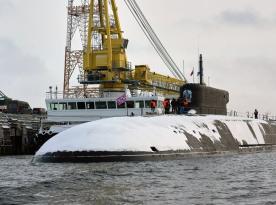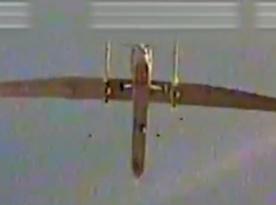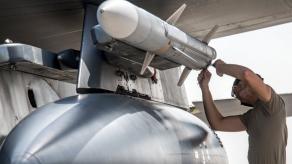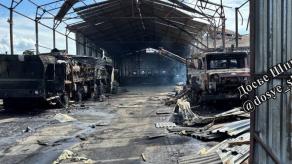A russian Mi-8 military helicopter crashed near the village of Naryshkino in Oryol Oblast, killing both pilots on board, according to local sources.
Video footage of the incident shows the helicopter flying without visible damage or signs of distress. Suddenly, it sharply tilts to one side and appears to enter an uncontrollable descent. Preliminary reports suggest the cause of the crash was an engine failure.
Read more: Ukrainian Forces Destroy russia's Advanced Chernyi Glaz EW System on the Kinburn Spit (Video)
The helicopter reportedly went down on the site of an abandoned chemical plant. The crash was confirmed by local authorities, and residents of nearby buildings reported hearing multiple secondary explosions.
While the specific mission of the aircraft remains unknown, it was reportedly returning to its base near Vyazma in Smolensk Oblast. This suggests the helicopter was likely assigned to russia’s 440th Helicopter Regiment.
This incident marks the fifth reported case of engine failure on a russian Mi-8 in the first five months of 2025, a stark contrast to the 2–3 cases typically seen in previous years. russian officials had already acknowledged a critical shortage of engines as far back as 2023.
The Mi-8, like most helicopters in the russian fleet (including the Mi-24, Mi-28, Mi-35, Ka-27, Ka-31, Ka-32, and Ka-52), relies on the Ukrainian-designed TV3-117 engines. These engines were supplied until 2014. Since then, russia has resorted to using unlicensed copies known as the VK-2500. The growing number of engine-related incidents suggests this workaround may be increasingly unsustainable.
However, russia has failed to establish sufficient domestic production of these engines, even with the continued use of smuggled components after 2022. The severe shortage was publicly acknowledged by russian Minister of Industry and Trade Denis Manturov, who admitted that, out of an annual requirement of 500 helicopter engines, only 200 to 300 are actually available.
This shortfall does not only affect new helicopter production – it also hampers scheduled engine replacements on existing aircraft. Mi-8 helicopters, like others in the russian fleet, have a typical service life of 6,000 to 9,000 hours and require major overhauls every 2,000 to 3,000 hours. The shortage impacts both military and civilian aviation. Each helicopter requires two TV3-117 or VK-2500 engines, and when spare engines and parts are lacking, the probability of failure increases exponentially with each hour flown beyond the recommended service life.
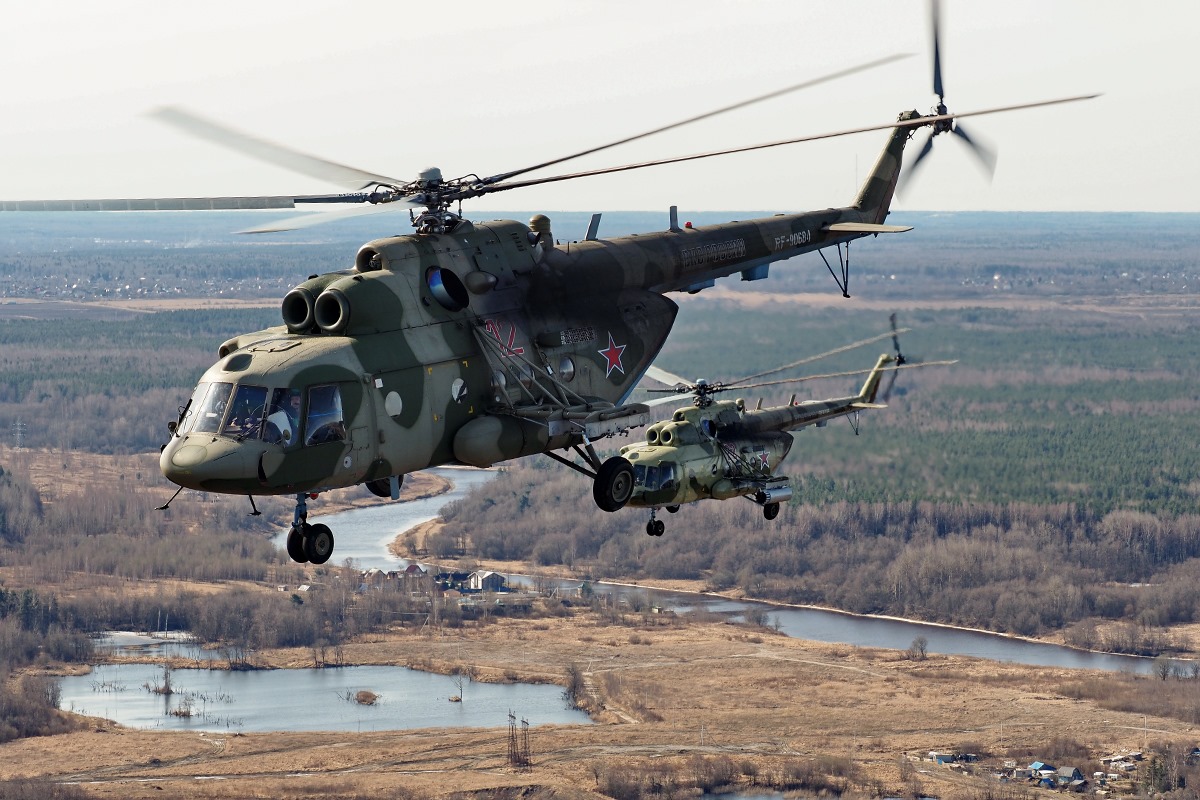
If we look at publicly reported engine-related Mi-8 incidents in russia (most of which concern civilian helicopters) the trend is alarming:
- 2022: 2 emergency landings due to engine issues (March 2 in Yamalo-Nenets AO, December 1 in Omsk Oblast)
- 2023: 2 emergency landings (March 2 in Yamal, November 15 in Irkutsk Oblast)
- 2024: 3 hard/emergency landings (January 11 in Samara Oblast, March 14 in Magadan Oblast, May 28 in Murmansk Oblast)
- First 5 months of 2025: 4 emergency/hard landings and 1 fatal crash (February 11 in Yamal, March 18 in Khanty-Mansi AO, April 30 and May 2 in Kamchatka, and May 23 crash near Oryol)
Thus, the number of known engine-related Mi-8 incidents in early 2025 alone has already exceeded previous years, with a clear upward trajectory. This pattern serves as a powerful indicator of the increasingly precarious condition of russia’s helicopter fleet.
It is also important to note that these statistics largely exclude military helicopters, their losses due to mechanical failure are not disclosed by russian authorities. Meanwhile, russia is heavily relying on helicopters to counter Ukraine’s long-range drone attacks. But the more they use these aging aircraft, the higher the likelihood of losing them, not to enemy fire, but to mechanical breakdowns.
Read more: Ukrainian Air Force Hits russian Occupiers' Command Post in Bakhmut





